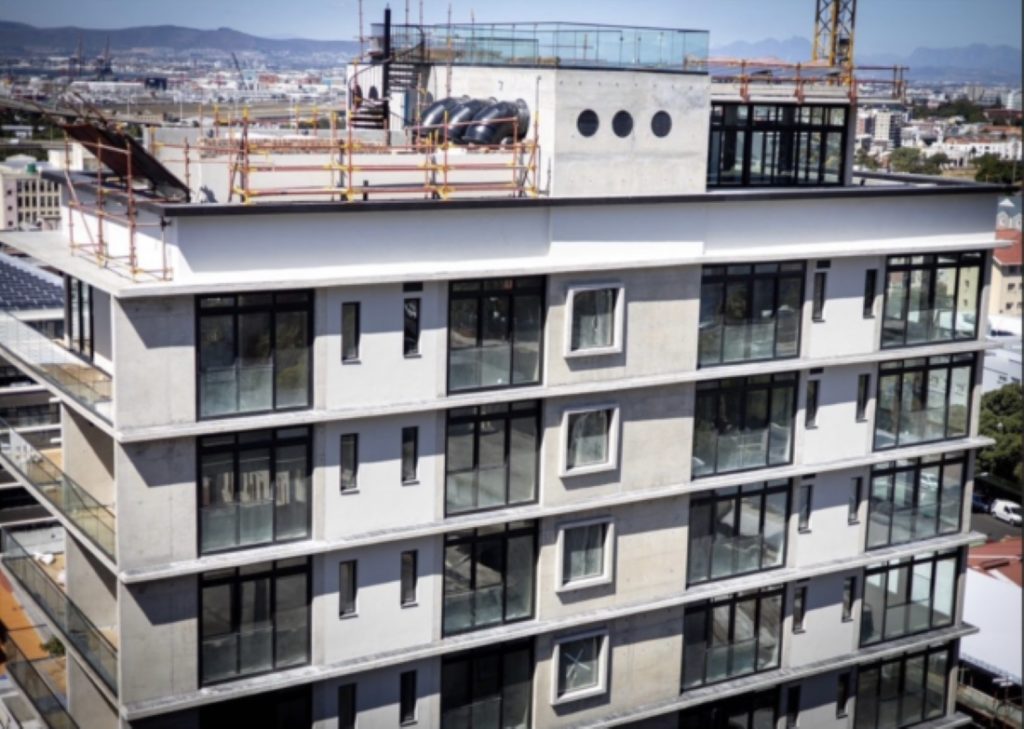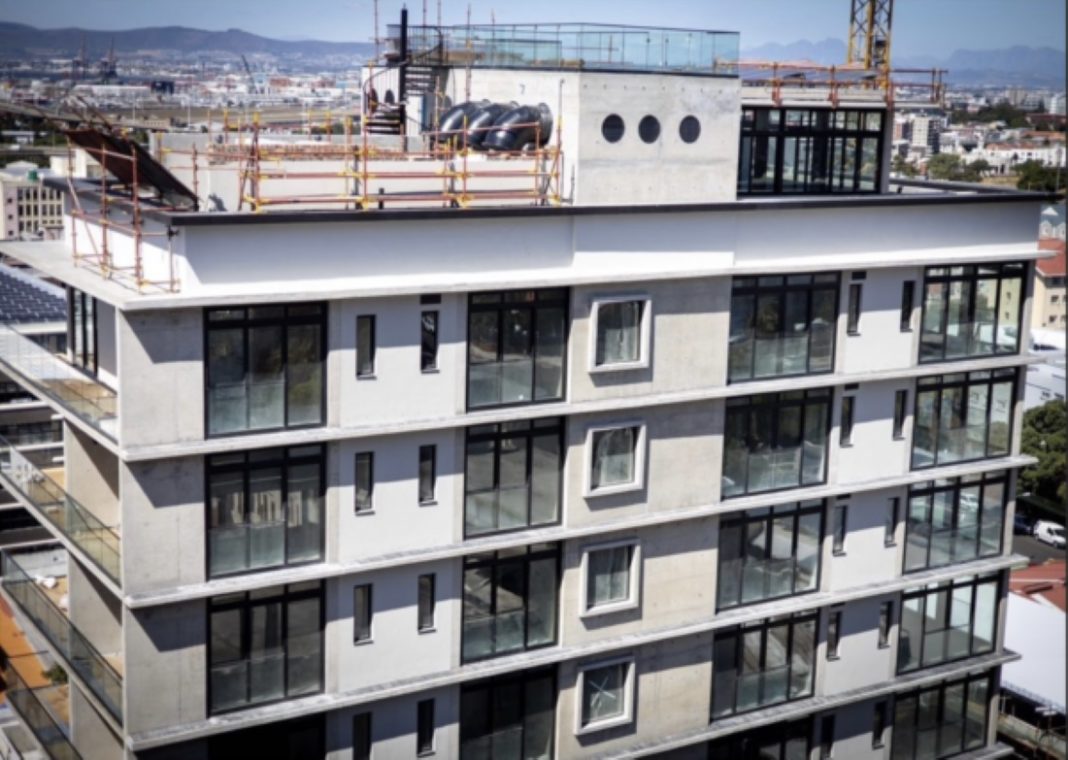The Hemp Hotel, built in 2023, is the tallest building in the world to be made from hempcrete. It is a twelve-story building with 24 rooms, and it is designed to be energy-efficient and low-maintenance. The hotel also has a number of sustainable features, such as solar panels, rainwater harvesting, and a green roof.

Blocks of “hempcrete,” made from woody parts of hemp plants, fill the walls of the hotel, supported by a cement-and-concrete structure. Besides being climate-friendly, hempcrete lends insulating and fireproof properties to the building.
Replacing any portion of a building’s concrete can help reduce the building’s impact on the planet. Production of concrete, along with cement (a binding component), is responsible for up to 9% of people’s heat-trapping carbon pollution. So it’s a key culprit in human impacts on the climate.
By contrast, hempcrete locks carbon in — it is considered “carbon negative” because its production pulls more carbon pollution out of the air than it releases.
Using hemp for sustainable building materials is not a new concept. Builders have been particularly successful using hemp for insulating homes.
According to Wikipedia















